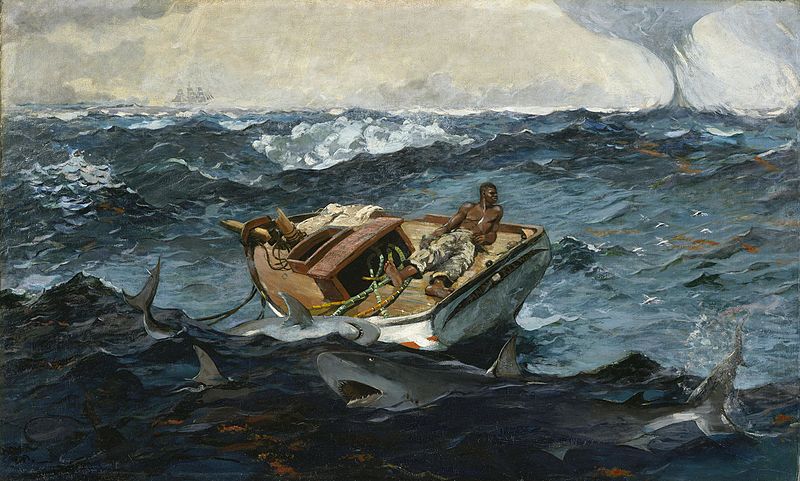Oceania

Polynesian colonists from Tahiti discovered New Zealand. It is possible that the new arrivals have come on a single ship; however, the numbers of these ancestral Maories will soon multiply.
This period also sees the early stages of the construction of the great statues on Easter Island. These are the product of a culture which gives high value to competitive building between chiefs, with each chief seeking higher status by building larger statues. In future centuries these statues will reach truly massive dimensions. Other Polynesian societies, Tonga and Hawaii for example, also engage in large-scale monumental building in stone, but on a less dramatic scale.
The Maoris of New Zealand have quickly colonized both islands. The tropical crops they brought with them are unsuited to the temperate climate of most of the country, and the settlers adopted a largely hunter-gatherer lifestyle. The abundant wildlife, including the huge, flightless bird called the Moa, offered plentiful food. However, this has now been depleted, and the Maoris have learnt to eat native plants such as ferns, and to focus on growing their hardier crops such as sweet potato. This is only possible in the north; throughout most of South Island a thin population lives a hunter-gatherer way of life.
In other parts of Oceania, the Tongan “empire” has vanished; the rulers of Samoa, Fiji and other islands no longer recognize the Tongan ruler’s pre-eminence. The people of Samoa have developed a highly complex system of chiefly offices, arranged in an elaborate hierarchy of local and regional councils. In far distant Easter Island, the construction of ever-larger monumental statues continues, reflecting a fierce competition between chiefs.
Geography
- Solomon Islands, Terra Australis, Van Diemen’s Land, Hawaii, Nova Zeelandia
- Port Arthur, Hobart Town
- (Wilderness Area) Great Barrier Reef, (Wilderness Area) The Bush
Other

 Buy me a coffee
Buy me a coffee